Kurt Beers, owner of the contemporary art gallery Beers London, knows a thing or two about the ever-changing art landscape in London and the international art market.
Nestled in the heart of cosmopolitan Old Street, Beers has been collaborating with established artists, curators and executives throughout the art world and has become known for shining a spotlight on new and exciting artistic blood over the years. Since the opening of his gallery in 2012, Beers has garnered the adoration of many art lovers and collectors, through the collaborative creation of exciting exhibitions, art awards and bringing acclaimed publications to the public.
Whilst chatting away with the artist Andrew Salgado during his sensational exhibition ‘Strange Weather’ held at Beers London in November, I had the chance to meet and enjoy a great introduction with Kurt.
I quickly understood that the gallery itself was an accomplishment on a list of many other accolades and future ambitions. Alongside seasonal art shows, Kurt ambitiously headed the publication of the book ‘100 Painters of Tomorrow’. The grand project, called out and connected promising artistic talent from some of the world’s most renowned art institutions. Banding together an artworld A-List jury to select from 4,300 applicants and introduce us to 100 artists, predicted to be the most promising talent of our future.
Our previous post gave AB readers a snapshot from our conversation with Salgado at ‘Strange Weather’ in the fall of 2020. I wanted to find out about Beers own art story, his advice to aspiring artists and perhaps we would get some insight into his exciting new business ventures.
MC: Beers partnership with Andrew Salgado is set into the foundation stone of the gallery. How did it feel to re-open last year with such a spell binding exhibit from your poster boy artist?
KB: We are always really proud to put on an exhibition by Andrew. Not only are his works always spectacular, but every time he stages a solo-show, he makes it a sensory experience for the viewer; he considers an entire space, and works toward evoking an emotive feeling from a viewer, each and every time. Of course, the works must be of paramount importance, but with Andrew, thought and consideration goes into each and every aspect. Not many artists think of the greater whole like that. It has been such a joy to watch Andrew grow and mature as an artist.
When we started working with him back in 2010 (ish) his large portraitures were very his ‘calling card’, and they sold very well. In the decade we’ve worked together, I have seen him push his limits from what he is ‘comfortable’ doing to what really challenges and interests him, I admired him for having the bravery to continuously push the boundaries and reinvent himself and his practice. I don’t think it’s easy for him, but he is always striving for more, and I respect that greatly.
MC: Like Salgado, you have Canadian origins; How did starting an art gallery in London come to be?
KB: I am very much a proud Canadian, but now, also a proud new British citizen. I moved to London in 2008 to pursue a Masters Degree at City University, and I absolutely fell in love with London whilst studying here. It became evident to me relatively quickly that I would be lucky to call London home. Through various expatriate visas, I managed to stay an extra two years and then was rather scarily faced with the reality that upon the termination of that visa, I would either need a job in my former political sector, or – the far less obvious and less secure route – was to start my own business. I think, like so many things, life makes sense when looking retrospectively. Isn’t it Kierkgaard who stated “life can only be understood backwards, but must be lived forwards”? So, realistically, I’m not even entirely sure how one plus one led to three, but as an avid lover of art, the relative ‘pipe-dream’ of opening my own art gallery became a sudden reality. It was a bold leap, I am not sure where I gathered the gusto to do so, but I remember that I thought, ‘if not now, then when?’.
London is at the epicentre of the arts and so, realistically, I just took the plunge. I often say ‘greater things have been accomplished by lesser people’, so with that rather self-assured attitude I opened BEERS on Baldwin Street near Old Street Roundabout in July of 2012 and haven’t looked back. I have learned a hell of a lot in the last 8 years; there’s much more to this business than I may have naively assumed back then, but wouldn’t change it for the world. I am really excited about growing and expanding the gallery and our various side-projects into 2021 and further.
MC: What has been the biggest and most rewarding challenge in the business for Beers so far?
KB: Where do I begin? I mean, we opened the gallery when the wounds from the economic crash of 2009 were still very fresh; We’ve survived the critical ‘first five years’ of any business and now we are navigating through the single biggest socio-political, medical, and financial event to hit us to date in our lifetimes. The staggering ramifications can quite literally be felt around the world and will undoubtedly last for years to come. I don’t think that makes us special, but we have built the gallery on solid footing – with integrity, passion, transparency, and determination.
One thing I am very proud of is being indebted or beholden to no one; the gallery has worked hard for its achievements and stands proudly on its own two-feet. We have always operated internally with the ideology that we are ‘The Little Engine That Could’ – a philosophy we abide by daily; It may not seem like it to the outside eye, but we have always been something of an underdog. It empowers me every time we accomplish something new. The gallery has achieved some really great things over the 8 years, whether that relates to our many collaborations or the publications I’ve written with Thames & Hudson, or the artists I’ve believed in when nobody else would. You know, it may sound brazen, but the truth is I believe in what we are doing here. If I don’t, nobody else will.
MC: Now more than ever, artists are experiencing challenges to gain representation by a gallery. Can you provide some tips for artists on how to best approach a gallery such as Beers for representation?
KB: My advice here is always the same – be aware of your timing, and build a relationship before cold-calling. Never approach a gallerist at an exhibition opening or at an art fair to punt your work. These moments are critical for the gallery director/manager and nothing will destroy an artist’s chances quicker than approaching a gallerist at these times. Further, it is important for artists to comprehend a) why they want to work this gallery, b) to actually have knowledge about the gallery they are approaching (exhibition history, artist roster, etc).
Every artist thinks they ‘deserve’ a shot, but really, a lot of thought goes into who we want to work with; if I’m asked to care about the artist, I want to know that the artist also cares about me, and isn’t just plucking my name out of a hat. If and when it gets past the initial ‘hi how are you’, it’s critical to make an appointment with the gallery; never simply turning up unannounced. Finally, artists should ask themselves – ‘why do I want representation? Am I at the appropriate stage in my career?’ and ‘do I actually fit with this gallery’s programme?’ So, my advice is simply for artists to do their homework and ask themselves the hard questions about why they want representation. Gallery representation is not for every artist; and it is not always a goothing for certain artists, (yes, I did just say that). Just be mindful of how, when, and why you approach a gallery.
MC: ‘100 Painters of Tomorrow’ with Thames & Hudson was more than just a book, it was a successful project in bringing acclaim and attention to emerging and established artists. What was the most enjoyable part of the process in creating this book for you?
KB: There were multiple highlights throughout. It was the first time, I had never done a critical text of such a scope, and to have such a recognised publisher behind it, it just gained traction. It was all very exciting for us, but admittedly, we were quite green. Early on, I wanted to make it fresh, young, exciting. I might be some – or none of those things, haha, but establishing the tone was integral to its success and that made it enjoyable.
We sourced a great, diverse, international jury, and I was thrust into these meetings with people who were big movers and shakers, but instead of feeling intimidated, I gleaned what I could from them, their knowledge, their abilities. It’s a good thing, you know, to be porous like that. I enjoyed learning about the amazing artists. There were a few that I wanted in the book but who, ultimately, didn’t fit for whatever reason and there were others who weren’t chosen who were really quite talented.
With the second book 100 Sculptors of Tomorrow, I came in more knowledgeable, savvier. I said to the publisher ‘I will only do this book if you give me 100% control’ – and I got it. So with the second book, we rejigged things and I believe, for the better. That means the second book is much closer to my heart and as a product, I’m prouder of that book. Back to your question, as a gallerist and an art enthusiast, the entire process of writing both books really helped me expand my knowledge of the contemporary ‘working’ world. Learning about the people who are working TODAY is a lot different from regurgitating Kusama or Ai Wei Wei. It’s a different world. It takes bigger proverbial balls to be working when your spouse and kids are on the line. My ethos has always tried to be inclusive. And I think connecting with the working artist was rewarding. But the most enjoyable moment? Really, it has to be when you first hold the prototype in your hand. It all becomes ‘real’.
MC: Are you thinking about continuing this legacy in future publications?
KB: In a word, yes. The intention when we first began was always to create a legacy of books, each focusing on a different medium. There were so many books but none did what this book did – which is absurd, it seems so obvious. Since the first book, we published the second (100 Sculptors of Tomorrow) and we were due to start 100 Photographers in 2020; however, with the pandemic, everything was put on hold. However, in the last few weeks, things have started moving again. Hopefully, in the not too distant future, the book will be launching a new campaign to look for the best of emerging photographers at work today. I would love to do a second book in the series on Painting. I’ve learned a LOT about art and publishing in the time that’s passed between the first book and today. I want to go back and fix the oversights from that first book. You know, it is a wonderful book but it could be better and now I have more leverage. My hands are no longer tied. Thames and Hudson have been incredible, it is just that today I am more knowledgeable than before. I speak with experience, which I didn’t, or rather couldn’t – back then. We have big ideas for the series but what I love is that it’s still my very small team that works on them. We refer to them as the 100 Series; now it’s time to make that global! The books have launched a number of artists’ careers.
MC: You’ve had great success in Old Street and many International Art Fairs, how will we see Beers develop and grow over the coming years?
KB: We built a strong foundation at our former location since we opened in 2012; however, we have moved to a new location in the heart of The City, near St. Paul’s Cathedral in what is aptly known as the Culture Mile. Located on a charming pedestrian street named Little Britain. I’ve had my eye open for a new space over the last few years, looking for the right gallery. I don’t want a gigantic space; that has never appealed to me. I like an intimate space with character, but I also wanted a brand-new space. So that’s almost an oxymoronic combo. Our new space is larger, more central and we have had control of every aspect of its construction. It excites me as it has a lot of potential. I think any artist would be thrilled to exhibit there. I feel like it represents who we are as a gallery; who I am as an art lover and gallery owner.
We plan to open to the public as soon as restrictions are lifted (hopefully after Easter). Either way, the gallery will be fully operational by April 1, and we will be in there. The first show is Adebayo Bolaji and I am not sorry to admit that his works will be smashing in the new space. This will be followed by Hyangmok Bai and Jonni Cheatwood. My friend, Curator Kate Mothes from the US, is curating a show of female artists.
As for international commitments – everything is really on hold but international fairs are an integral part of our business. We’ve met countless collectors, patrons, artists, followers, and even friends at art fairs over the years and they are crucial to our growing network and success. Obviously, fairs have been forced to adapt to a different model during this period. There are benefits to the online platform but nothing beats a fair in person. We missed Miami, a lot, this year.
For more information about Beers London Gallery please visit:
https://beerslondon.com
To learn more about the book ‘100 Painters Of Tomorrow’ please visit:
www.100sculptorsoftomorrow.com
To learn more about the book ‘100 Painters Of Tomorrow’ please visit:
www.100paintersoftomorrow.com

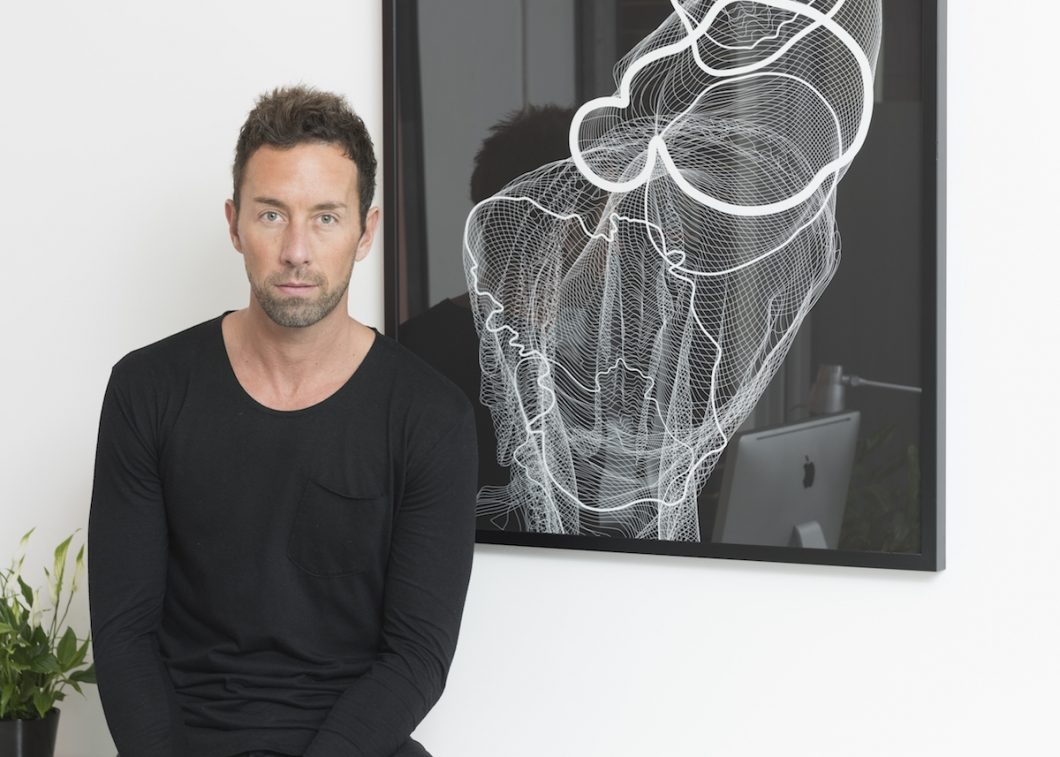
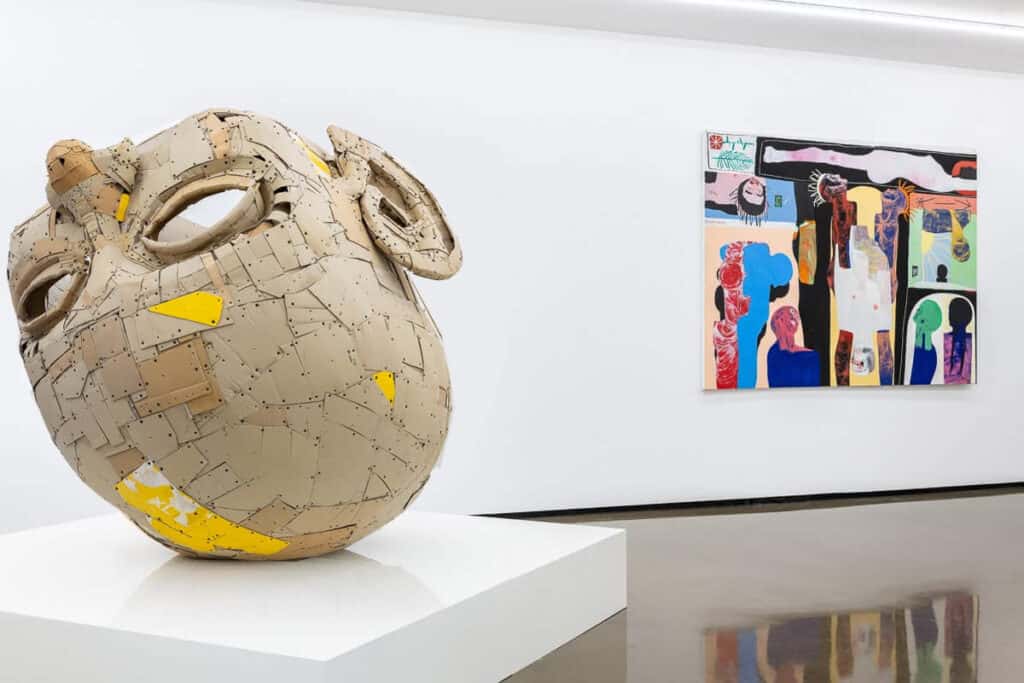
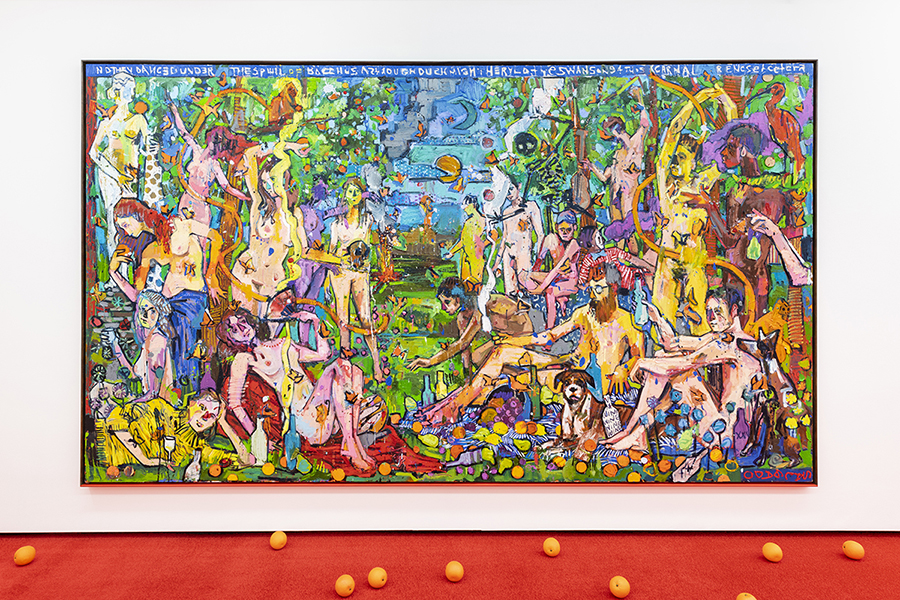

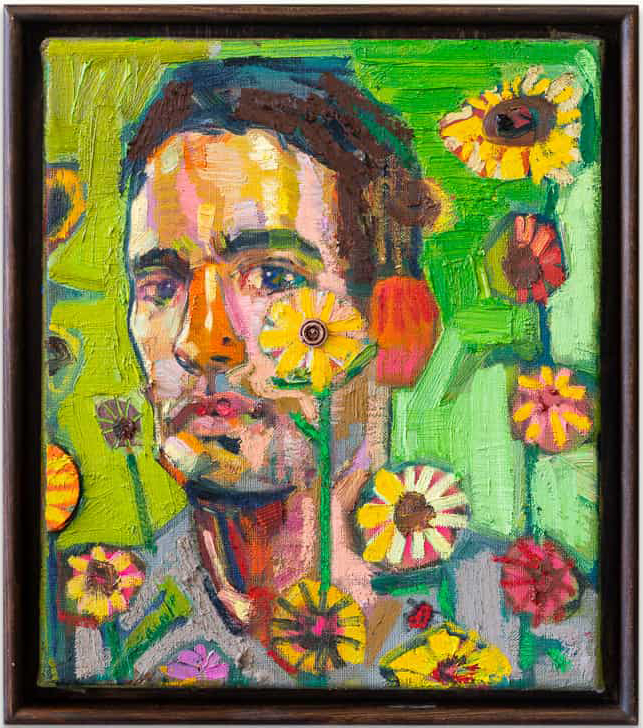
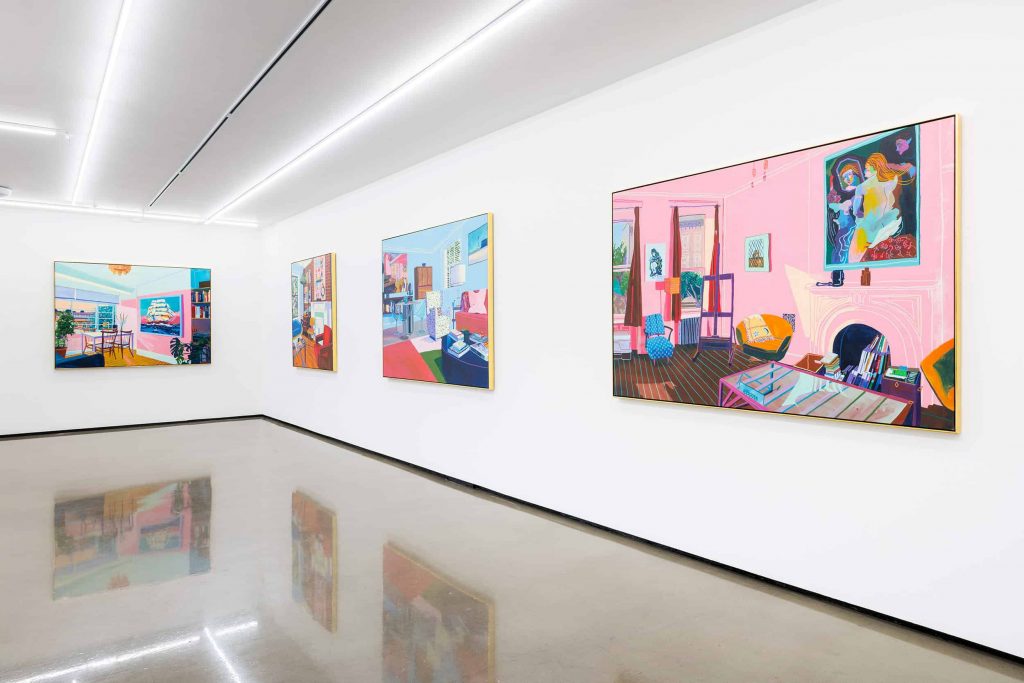
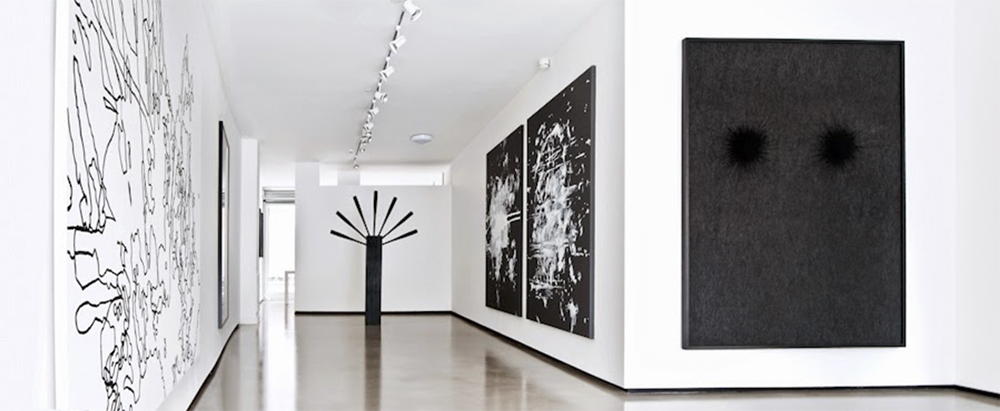
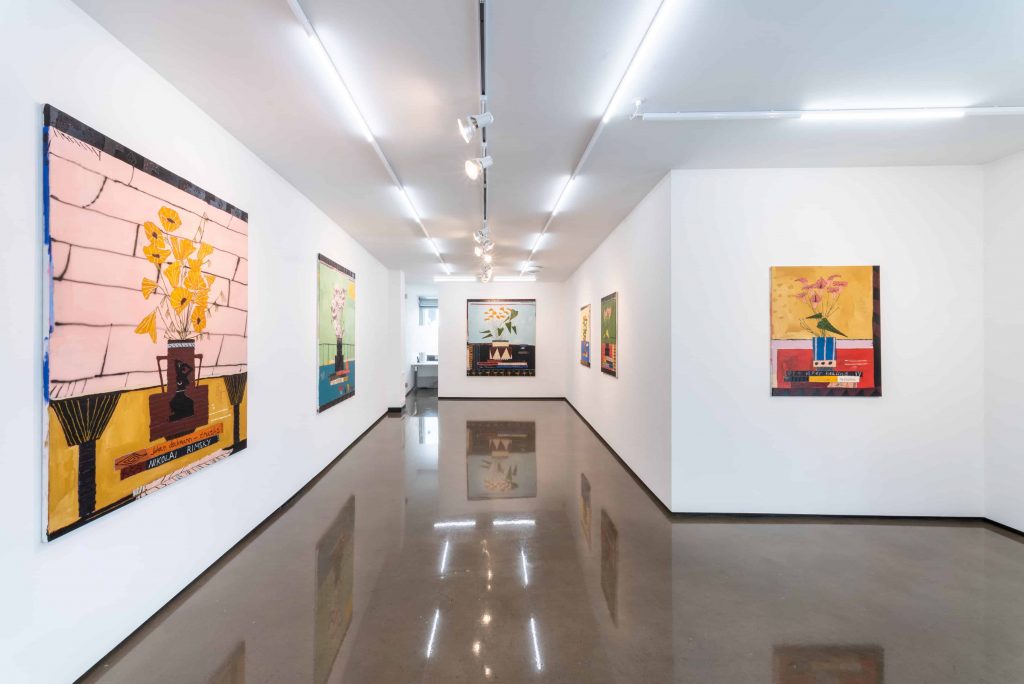
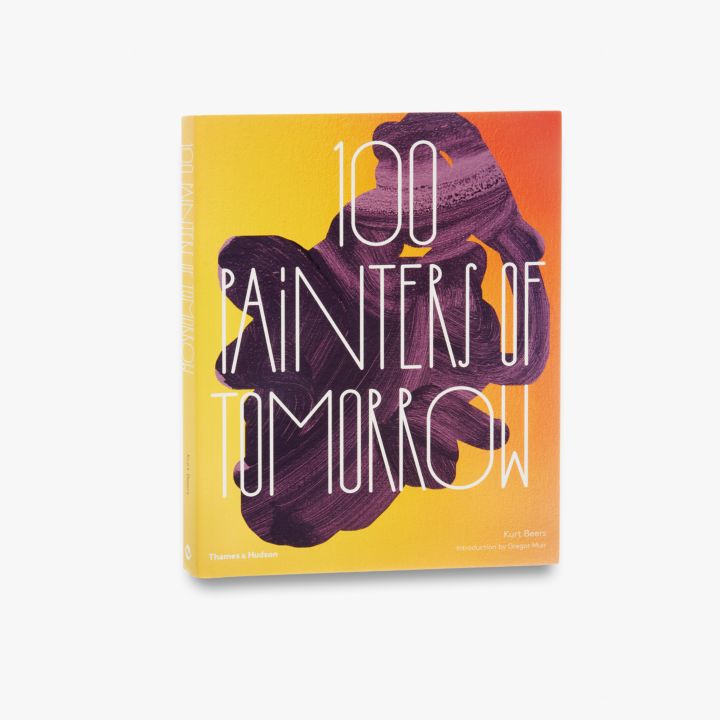

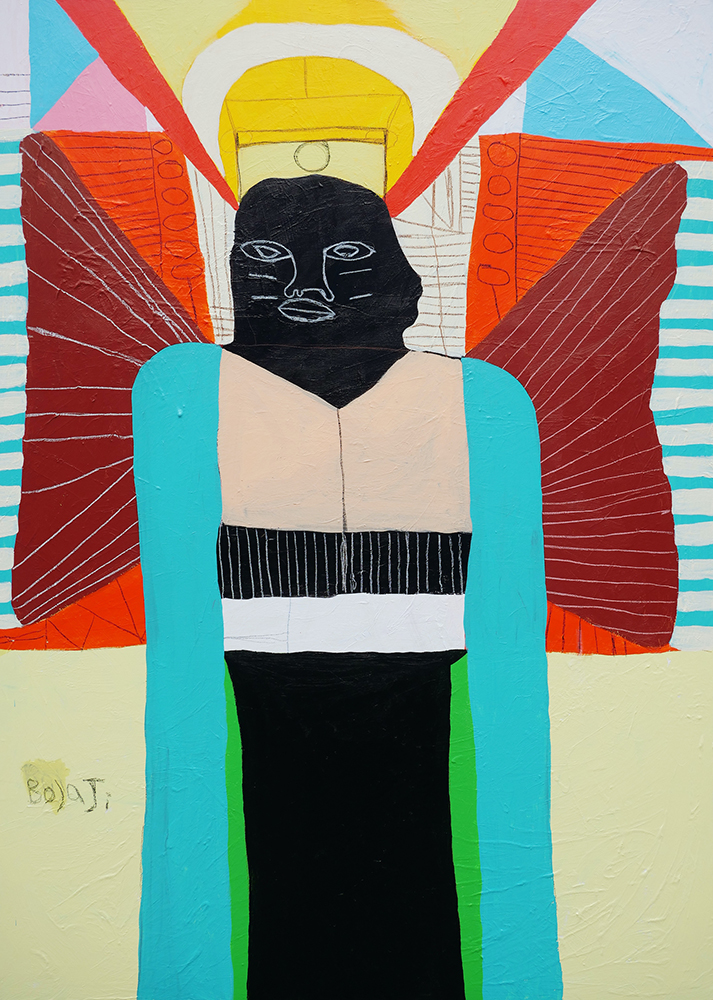
Amazing job Kurt. I never saw you as a gallery owner I always thought you were going to be out Primister of Canada lol …. Cheers xo